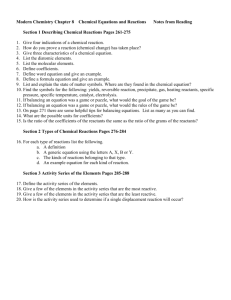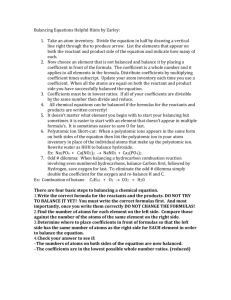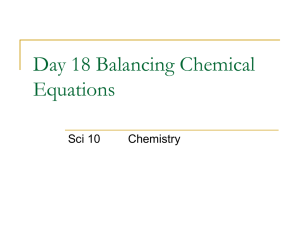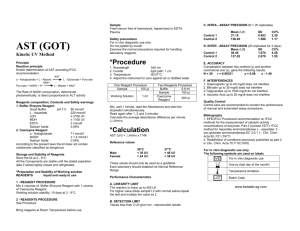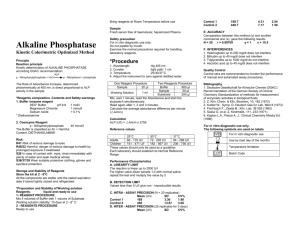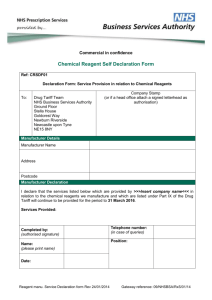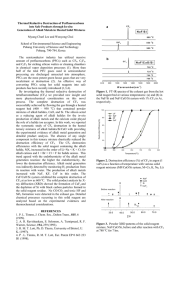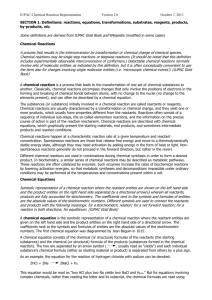File - Mr. Walsh`s AP Chemistry
advertisement
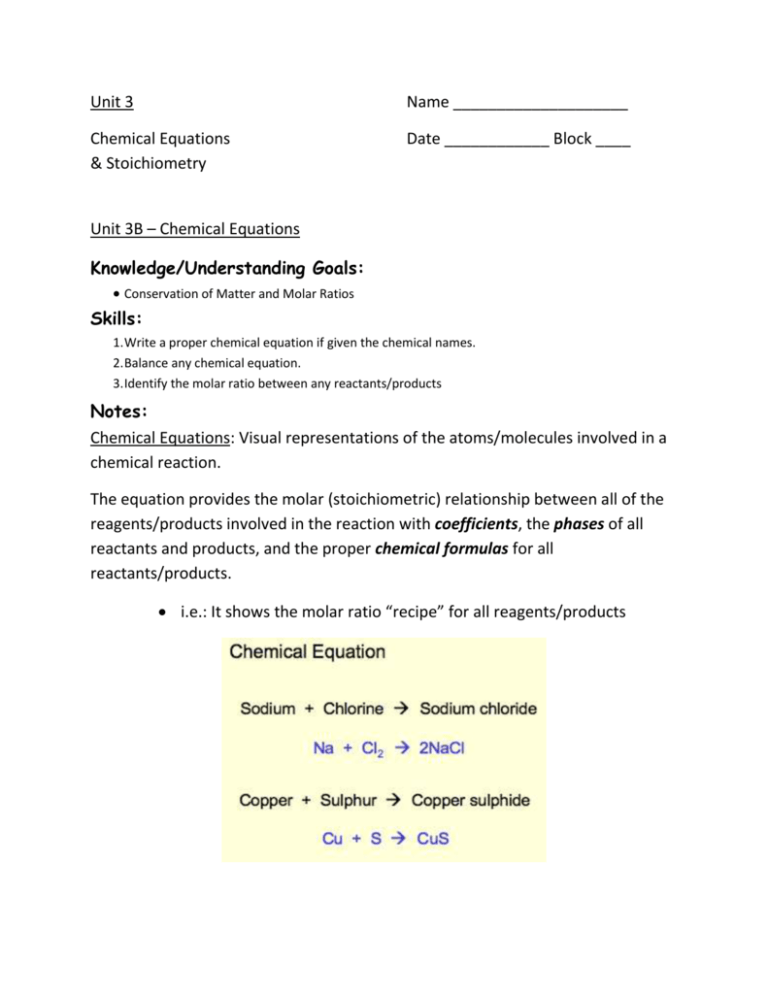
Unit 3 Name ____________________ Chemical Equations & Stoichiometry Date ____________ Block ____ Unit 3B – Chemical Equations Knowledge/Understanding Goals: Conservation of Matter and Molar Ratios Skills: 1. Write a proper chemical equation if given the chemical names. 2. Balance any chemical equation. 3. Identify the molar ratio between any reactants/products Notes: Chemical Equations: Visual representations of the atoms/molecules involved in a chemical reaction. The equation provides the molar (stoichiometric) relationship between all of the reagents/products involved in the reaction with coefficients, the phases of all reactants and products, and the proper chemical formulas for all reactants/products. i.e.: It shows the molar ratio “recipe” for all reagents/products Reagents: The chemical(s) you begin with prior to a chemical reaction occurring. Typically written on the left side of the equation. Products: The chemical(s) you end with after a chemical reaction has occurred. Typically written on the right side of the equation. Yields/Produces: The verbal way of saying a chemical reaction occurs. Shown in an equation by the arrow, which points in the direction of the reaction or from reagents to products. Conservation of Matter: No matter is gained of lost during a chemical reaction. Recall that, during a chemical reaction, the nuclei of the atoms involved in the reaction do not change! Only electrons are taken, given or shared. o i.e.: no elements are converted into other elements (#protons does not change) This means that you must begin and end with the same number of atoms of each element on each side of a chemical equation. Balancing: The use of coefficients to mathematically alter a chemical equation to make sure it abides by the law of conservation of matter. Coefficients: The large numbers in front of the chemical formulas. They represent the number of moles of each reagent/product present in the reaction. They are the only way to change the number of atoms on each side of the equation. You cannot change any subscripts, as this will change the chemical formula and thus the molecule involved in the reaction. Tips for Balancing 1) Save any atom/molecule that is made of 1 element (H2(g), O2(g), Cu(s)) for last. 2) Count polyatomic ion groups instead of the individual elements as long as the ion group does not change through the reaction. 3) Pick any other element/polyatomic ion that is unbalanced and balance it. 4) If your balancing unbalanced another element/polyatomic ion, balance it next. 5) If you end up in a situation where a 0.5 coefficient would solve your balancing, double all of your coefficients. Phases: The state of matter each reagent/product is found in during the reaction. Elements’ phases can be determined from the periodic table o Black = solid (s) o Red = gas (g) o Blue = liquid (l) Molecules’ phases must be determined via a solubility table or from hints in the description of each reagent/product. o All solutions (acids, bases, salt solutions) are aqueous (aq) o There are very few instances where a pure liquid will be used. Water is the most common liquid (l). o A precipitate or crystal is solid (s) o Ionic compound solubility You are not expected to memorize all of the solubility rules, but here are the common ones you should be familiar with. Soluble Insoluble All alkali cations and All* carbonates (CO32-), ammonium (NH4+) oxides (O2-), silicates (SiO32-), chromates (CrO42-), sulfites All nitrates (NO3-), acetates (SO32-) and phosphates (C2H3O2-), chlorates (ClO3-), (PO43-) and perchlorates (ClO4-) Hydroxides (OH-)** All* chloride (Cl-), bromide (Br-) and iodide (I-) anions Sulfides (S2-)*** Sulfate (SO42-)** Fluoride (F-)* *(except with Ag+, Hg2+, and Pb2+) *(except with alkali metals & NH4+) ** (except with Ag+, Hg2+, Pb2+, **(except with alkali and heavy and heavy alkalines Ca, Sr, Ba) alkalines Ca2+, Sr2+, Ba2+) ***(except alkali and alkaline metals) Practice balancing and writing out full equations!
